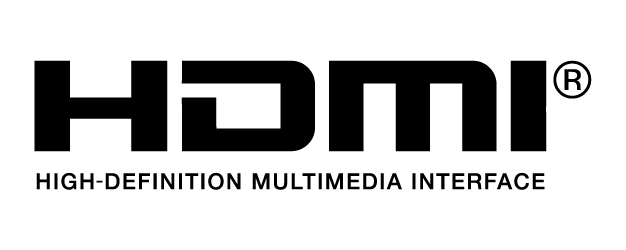Sensor1’’ CMOS
Effective pixels: 20M
LensFOV 84° 8.8 mm/24 mm (35 mm format equivalent) f/2.8 - f/11 auto focus at 1 m - ∞
ISO RangeVideo:
100 - 3200 (Auto)
100 - 6400 (Manual)
Photo:
100 - 3200 (Auto)
100- 12800 (Manual)
Mechanical Shutter Speed8 - 1/2000 s
Electronic Shutter Speed8 - 1/8000 s
Image Size3:2 Aspect Ratio: 5472 × 3648
4:3 Aspect Ratio: 4864 × 3648
16:9 Aspect Ratio: 5472 × 3078
PIV Image Size4096×2160(4096×2160 24/25/30/48/50p)
3840×2160(3840×2160 24/25/30/48/50/60p)
2720×1530(2720×1530 24/25/30/48/50/60p)
1920×1080(1920×1080 24/25/30/48/50/60/120p)
1280×720(1280×720 24/25/30/48/50/60/120p)
Still Photography ModesSingle Shot
Burst Shooting: 3/5/7/10/14 frames
Auto Exposure Bracketing (AEB): 3/5 bracketed frames at 0.7 EV Bias
Interval: 2/3/5/7/10/15/20/30/60 s
Video Recording ModesH.265
C4K:4096×2160 24/25/30p @100Mbps
4K:3840×2160 24/25/30p @100Mbps
2.7K:2720×1530 24/25/30p @65Mbps
2.7K:2720×1530 48/50/60p @80Mbps
FHD:1920×1080 24/25/30p @50Mbps
FHD:1920×1080 48/50/60p @65Mbps
FHD:1920×1080 120p @100Mbps
HD:1280×720 24/25/30p @25Mbps
HD:1280×720 48/50/60p @35Mbps
HD:1280×720 120p @60Mbps
H.264
C4K:4096×2160 24/25/30/48/50/60p @100Mbps
4K:3840×2160 24/25/30/48/50/60p @100Mbps
2.7K:2720×1530 24/25/30p @80Mbps
2.7K:2720×1530 48/50/60p @100Mbps
FHD:1920×1080 24/25/30p @60Mbps
FHD:1920×1080 48/50/60 @80Mbps
FHD:1920×1080 120p @100Mbps
HD:1280×720 24/25/30p @30Mbps
HD:1280×720 48/50/60p @45Mbps
HD:1280×720 120p @80Mbps
Max Video Bitrate100 Mbps
Supported File SystemsFAT32 (≤32 GB); exFAT (>32 GB)
PhotoJPEG, DNG (RAW), JPEG + DNG
VideoMP4/MOV (AVC/H.264; HEVC/H.265)
Supported SD CardsMicro SD
Max Capacity: 128GB
Write speed ≥15MB/s, Class 10 or UHS-1 rating required
Operating Temperature Range32° to 104°F (0° to 40°C)
